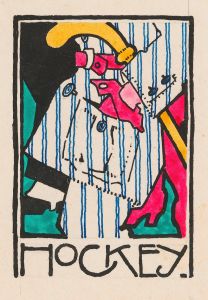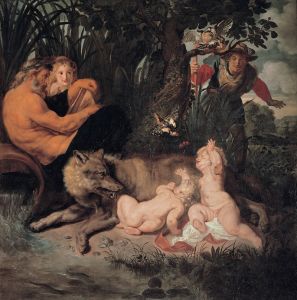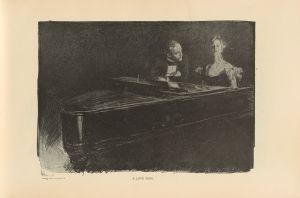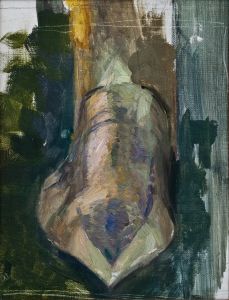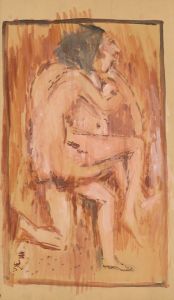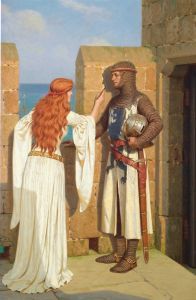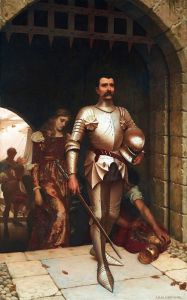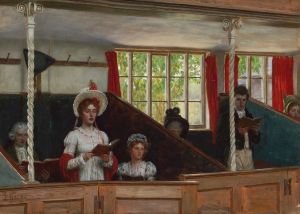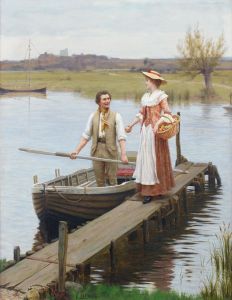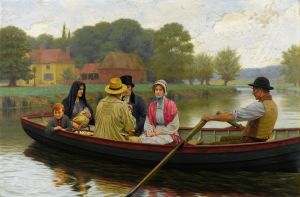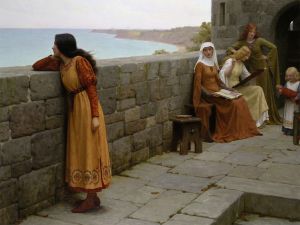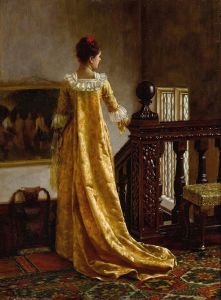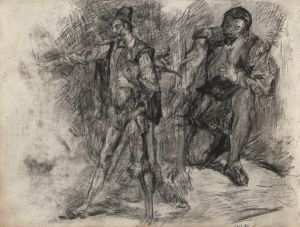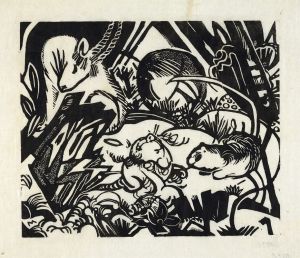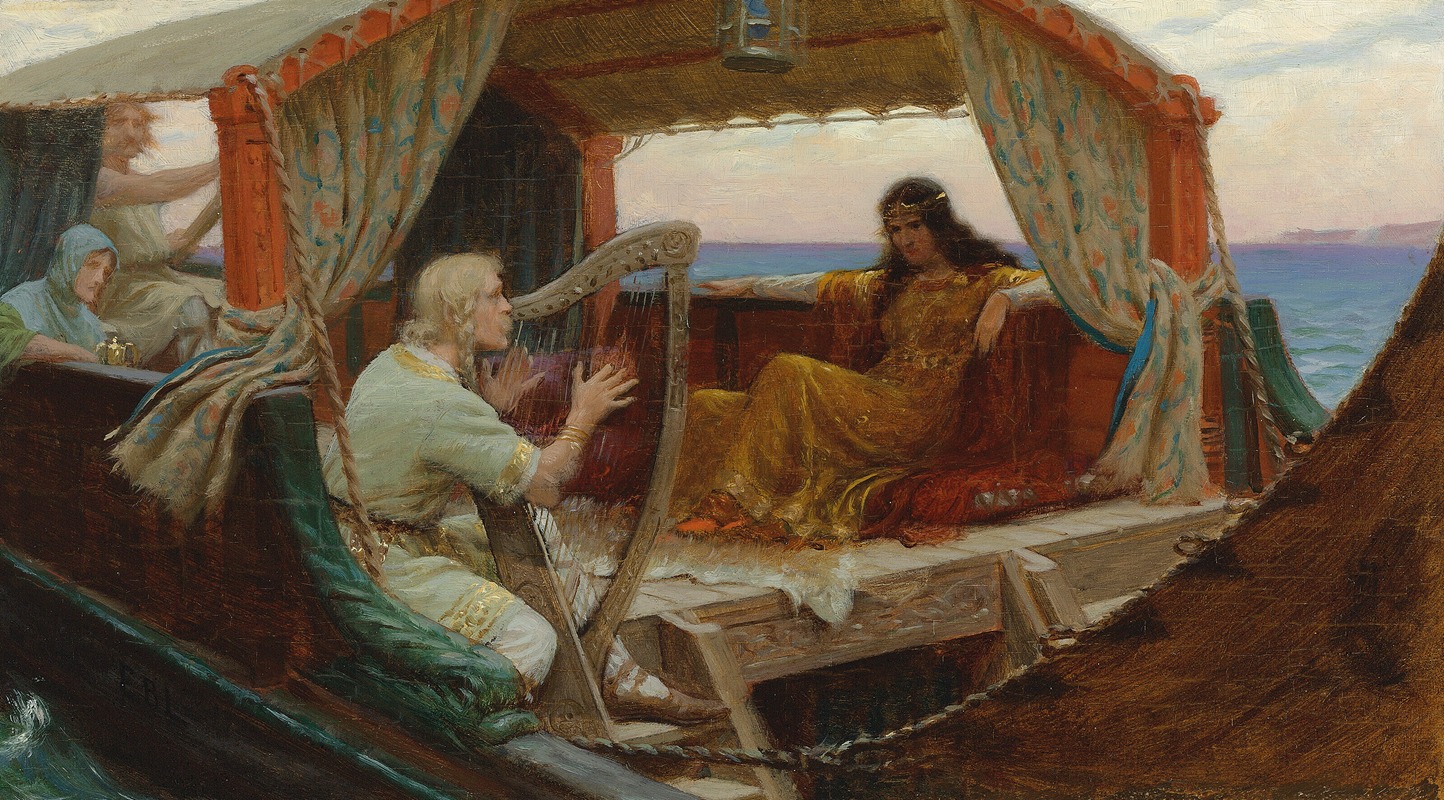
Tristram and Isolde
A hand-painted replica of Edmund Blair Leighton’s masterpiece Tristram and Isolde, meticulously crafted by professional artists to capture the true essence of the original. Each piece is created with museum-quality canvas and rare mineral pigments, carefully painted by experienced artists with delicate brushstrokes and rich, layered colors to perfectly recreate the texture of the original artwork. Unlike machine-printed reproductions, this hand-painted version brings the painting to life, infused with the artist’s emotions and skill in every stroke. Whether for personal collection or home decoration, it instantly elevates the artistic atmosphere of any space.
"Tristram and Isolde" is a painting by the British artist Edmund Blair Leighton, created in 1902. Leighton was known for his historical and romantic scenes, often drawing inspiration from medieval and Arthurian legends. This particular work depicts the tragic love story of Tristram (also known as Tristan) and Isolde (or Iseult), a narrative that has been a popular subject in literature and art for centuries.
The painting captures a poignant moment from the legend, which tells the tale of Tristram, a knight of the Round Table, and Isolde, an Irish princess. According to the legend, Tristram is sent to Ireland to bring Isolde back to Cornwall to marry his uncle, King Mark. However, during their journey, Tristram and Isolde accidentally consume a love potion, causing them to fall deeply in love with each other. This leads to a complex and tragic love triangle, as Isolde marries King Mark but continues her affair with Tristram.
Leighton's "Tristram and Isolde" is characterized by its meticulous attention to detail and romanticized portrayal of the medieval period. The artist's use of rich colors and intricate patterns reflects the opulence of the era, while the expressions and body language of the characters convey the depth of their emotions. The painting is a fine example of Leighton's ability to blend historical accuracy with romantic idealism, a hallmark of his work.
The composition of the painting is carefully balanced, with Tristram and Isolde positioned in the foreground, drawing the viewer's attention to their intimate interaction. The background features elements typical of medieval architecture and landscape, enhancing the historical setting of the scene. Leighton's skillful use of light and shadow adds a sense of drama and intensity to the moment, emphasizing the emotional turmoil experienced by the characters.
Edmund Blair Leighton was part of the Pre-Raphaelite movement, which sought to return to the detail, intense colors, and complex compositions of pre-Renaissance art. Although he was not a formal member of the Pre-Raphaelite Brotherhood, his work was heavily influenced by their ideals. Leighton's paintings often depicted scenes from literature, history, and mythology, and he was particularly drawn to themes of chivalry and romance.
"Tristram and Isolde" is housed in a private collection, and as such, it is not as widely known or accessible as some of Leighton's other works. However, it remains a significant piece within his oeuvre, showcasing his talent for storytelling through visual art. The painting continues to be appreciated for its artistic merit and its evocative portrayal of one of the most enduring love stories in Western literature.
In summary, Edmund Blair Leighton's "Tristram and Isolde" is a masterful representation of the legendary romance between the two titular characters. Through his detailed and emotive style, Leighton brings to life the passion and tragedy of their story, making it a memorable and impactful work of art.





